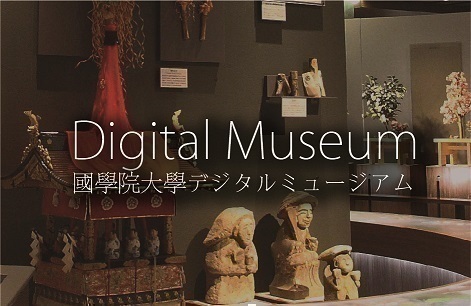- トップ
- Encyclopedia of Shinto
- Reiheishi
Encyclopedia of Shinto
| Main Menu: | |
| Links: |
詳細表示 (Complete Article)
| カテゴリー1: | 3. Institutions and Administrative Practices |
|---|---|
| カテゴリー2: | The Emperor |
| Title | Reiheishi |
| Text | An envoy who was sent from the imperial court to the Grand Shrines of Ise (Ise Jingū) to present offerings (hōbei) on the occasion of the Kannamesai. Also referred as Ise reiheishi. A reiheishi was one type of imperial "messenger" (hōbeishi) who brought offerings to shrines. From the medieval period onwards, the presentation of offerings for the Kannamesai was referred to as reihei (regular offerings), and thus the envoy was called a reiheishi. It was customary to dispatch the messenger on the eleventh day of the ninth month. The chief messenger was selected by divination from amongst the Ō clan. Officials of the Jingikan (Department of Divinities) surnamed Nakatomi, Inbe, or Urabe accompanied him. The first recorded reiheishi was sent in 721. The practice was discontinued after the Ōnin Disturbance (1467-77), but was revived in 1647 in the Edo period. However, prior to this (in 1646) the Nikkō reiheishi was initiated. This was a practice in which the court sent messengers to the "main ceremony" (reisai) held at the Tōshōgū in Nikkō where Tokugawa Ieyasu was enshrined. During the Edo period, this latter reiheishi was better known, and thus in contemporary documents the word reiheishi usually implies Nikkō reiheishi. See alsoHōbei , Hōbeishi, Kannamesai — Inoue Nobutaka |




